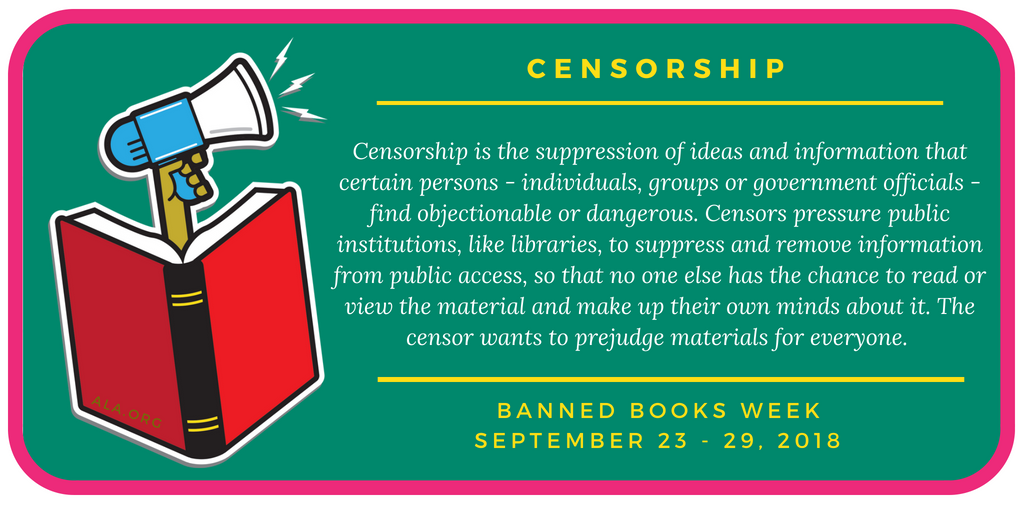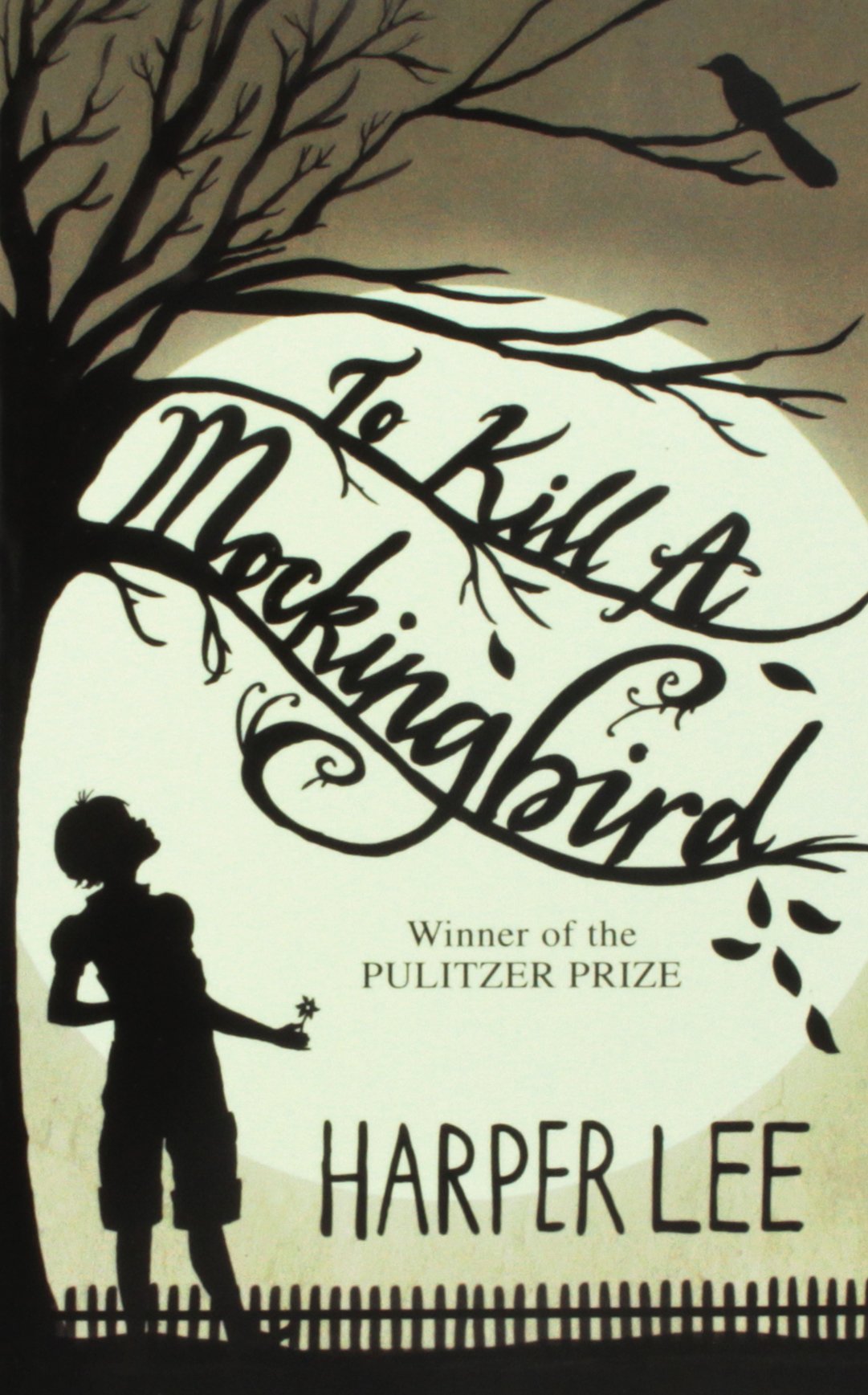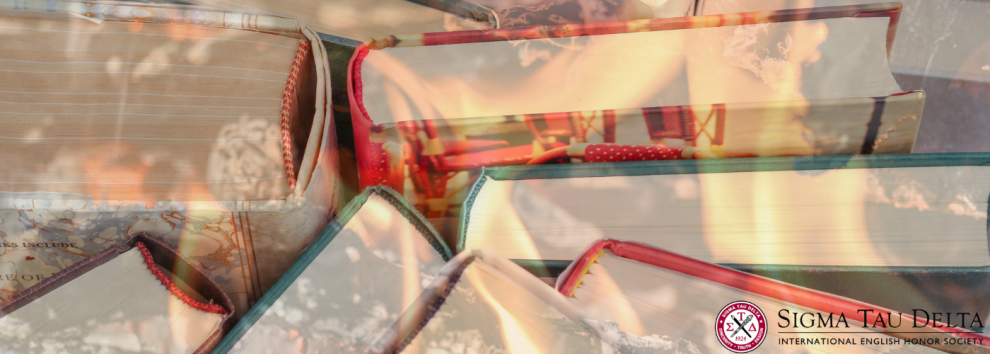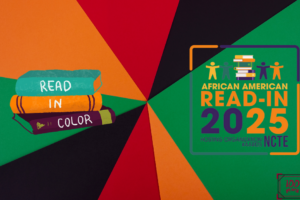Banned Books Week is an excellent time to consider the effects of forbidding others access to books we, for whatever personal reasons, find objectionable. Censorship, of course, is nothing new. In pre-printing days the easiest way to “ban” a book was simply not to copy or distribute it. Once books were more readily available, censors of all types (including some religious figures, political parties, cultural and sub-cultural leaders, educational administrators, and parent/teacher organizations) used their authority to forbid the reading of, e.g., the Bible, Shakespeare, Galileo’s discoveries, the Harry Potter books, even favorites such as Charlotte’s Web and many of the Judy Blume novels.
 There is much to be learned from looking at the long list of so-called Banned Books. One example is a novel many high school students and most college students will have explored: Harper Lee’s famous To Kill a Mockingbird. At one point in the novel a main character, Atticus, says: “Shoot all the bluejays you want, if you can hit ’em, but remember it’s a sin to kill a mockingbird” (Lee). In his essay below, Far Western Region Student Representative Louis Jameson addresses the violence and racially charged language for which many challenge Lee’s book.
There is much to be learned from looking at the long list of so-called Banned Books. One example is a novel many high school students and most college students will have explored: Harper Lee’s famous To Kill a Mockingbird. At one point in the novel a main character, Atticus, says: “Shoot all the bluejays you want, if you can hit ’em, but remember it’s a sin to kill a mockingbird” (Lee). In his essay below, Far Western Region Student Representative Louis Jameson addresses the violence and racially charged language for which many challenge Lee’s book.
 When you think about it this line says it is okay to kill one group, blue birds, but mockingbird lives matter. It is a bit contradictory to the book’s themes about tolerance and acceptance, but perhaps that is why it placed #7 on most challenged books of 2017. That’s right: of all the books people are trying to get banned from schools and libraries, To Kill a Mockingbird was in the top ten. I am going to assume that all of my readers have read To Kill a Mockingbird. This is your final spoiler warning. I will be talking about major plot points in the book as I discuss why neither it nor any other book like it should be banned from any library.
When you think about it this line says it is okay to kill one group, blue birds, but mockingbird lives matter. It is a bit contradictory to the book’s themes about tolerance and acceptance, but perhaps that is why it placed #7 on most challenged books of 2017. That’s right: of all the books people are trying to get banned from schools and libraries, To Kill a Mockingbird was in the top ten. I am going to assume that all of my readers have read To Kill a Mockingbird. This is your final spoiler warning. I will be talking about major plot points in the book as I discuss why neither it nor any other book like it should be banned from any library.
There are primarily two reasons why the novel is banned. The first of those, is the book’s use of the word “nigger.” People say, “we can’t let people read books with bad words in them.” I have never met a word I thought was a “bad word.” Yes, “nigger” is a very hateful word that is used to divide people and allowed people to be oppressed, beaten, and countless other atrocities. Nevertheless, I cannot ignore that this word exists. I will never say this word to disparage someone else, but it still serves a purpose. It is a window to the past, it takes us to Alabama in 1933, when racism was so prevalent that children, without a second thought, used the word.
Furthermore, the tone and message of the book is not racist in the slightest. The book focuses around a court case where Tom Robinson, a person of color, is accused of raping Mayella Ewell. As the trial progresses it is revealed that Tom had suffered an injury that would make it impossible for him to inflict the wounds Mayella is accusing him of. Despite the overwhelming evidence in his favor Tom is still found guilty of the crime.
Is there racism in this book? Yes. Is the book racist? No. Any reader can see that Tom, a black man, is just some poor soul accused of a crime he did not commit. The book shows the reader racism, so readers can learn why it is so disgusting. If the book took place somewhere this conflict didn’t exist, it would be pointless and there would be no message about learning to accept people.
The next issue in the book is violence. As I mentioned earlier there is a court case regarding a rape; they go into some detail about how Mayella was beaten, but not explicit detail. There are also some scenes of violence and a scene where a rabid dog is shot. Yet current movies and television are full of so much violence and graphic depictions of rape that To Kill a Mockingbird barely qualifies. Its violence is very tame by modern standards.
Nonetheless, the violence depicted in To Kill a Mockingbird is factual, as is the racially charged language. To deny these existed is to close one’s eyes to our culture and its history. Ditto for the other authors and titles that fill the banned books lists. To deny others the opportunity to read these books is to distort history, contract the span of what others can learn, and limit growth.
 Katie Mudd
Katie Mudd
Sigma Tau Delta, Central Office
Director of Social Media Strategies
 Louis Jameson
Louis Jameson
Student Representative, Far Western Region, 2018-2019
Alpha Zeta Iota Chapter
Chapman University, Orange, CA
2018 Banned Books Week Social Media Contest
In celebration of Banned Books Week Sigma Tau Delta and National English Honor Society are teaming up to host the third annual Banned Books Week social media contest. To participate you must tag us in a post on any of the following social media accounts:
- NEHS Facebook
- NEHS Twitter (@NEHSXpress)
- Sigma Tau Delta Facebook
- Sigma Tau Delta Twitter (@EnglishCon)
- Instagram (@EnglishMatters)
- or snap us at englishmatters on Snapchat
What to do in your post:
Books are banned for a variety of reasons. Take a photo of your favorite banned book and share with us (on one social media platform) one of the reasons it has been contested. If you wish to post on a second platform, please choose a second banned book to post about.
The contest will run from Sunday, September 23-Saturday, September 29. Everyone who participates during this time frame will be entered in a drawing to win one of three $25 Amazon gift cards. A $45 Amazon gift card also will be awarded for the best overall post.






Add Comment